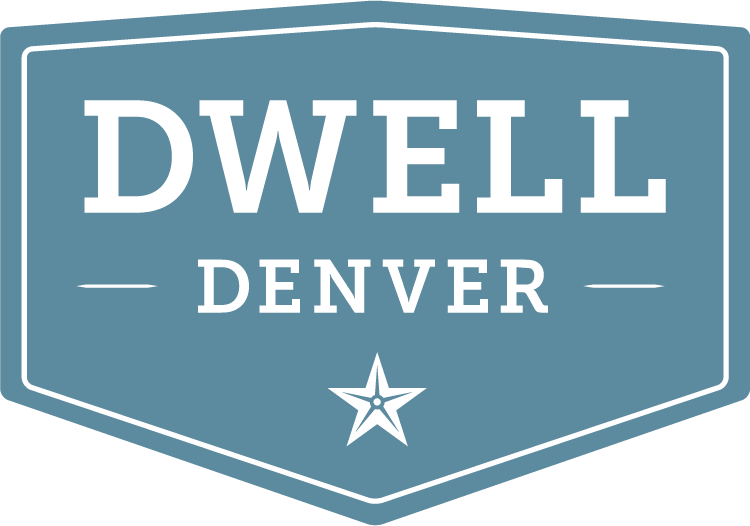Ditch Driving and Go Public
Back in 2018 (which, TBH, feels like a lifetime ago) our world was rocked by #SaveTheTurtles. Plastic straws became public enemy #1. The Instagram trend created an environmental revolution that helped put single-use plastics at the forefront of… everything.
All of us—from teenagers to mega-corporations—got one step closer to a better, cleaner planet. Starbucks even hopped on the environmentally friendly train by vowing to eliminate plastic straws globally! (Hooray!)
FREEBIE ALERT! Keep reading…(we know it’s a LOT of words, but it’ll be worth it).
We love those small, easy swaps, don’t we? Combat climate change with only the tiniest of sacrifices? Yes, please!
Eliminating single-use plastics is an amazing start. But if you’re looking to make an even bigger impact, it’s time to shift gears.
In fact, it might be time to ditch your car.
OK, we know that seems drastic. After all, it’s uber-convenient (heh) to get up and go wherever, whenever. And hauling next weekend’s camping supplies requires the Subaru. Obviously.
So maybe you don’t ditch the car completely. But it’s worth considering alternative transportation as often as you can, and here’s why: Cars are awful for the environment at every stage of their lifecycle—from factory to junkyard.
The production of all the materials needed for a single car takes an unbelievable amount of energy.
The breakdown of these materials in our landfills creates terrible byproducts, like acid rain and tainted soil.
Obtaining, storing, and shipping fuel for our vehicles is an environmental disaster. (Remember BP’s oil-spill-turned-PR-nightmare? Those poor pelicans!)
But wait! There's more! (Ugh.)
Think about what happens when we drive our cars. Road construction wreaks havoc on local wildlife. Traffic jams skyrocket our emissions and pollute our air. And all that smog, carbon dioxide, and other toxins go straight into our lungs. Gross.
Thankfully, we have options.
Around here, you can leave your car behind without trading the convenience of your own vehicle. How? Use the RTD, Denver’s public transportation system.
You might think bigger vehicles would be worse for the environment. But that’s not true—even when they use less-than-friendly fuels.
In part, it’s a numbers game: One bus can carry waaaaaaaay more people than your Jeep. Diesel-powered buses are also fuel-efficient, emit less toxins, free up parking spaces, and decrease gridlock. And with less traffic on the roads, public transit can actually be faster than taking your own vehicle.
Plus, Denver has a special advantage over traditional public transit: Many RTD vehicles operate on bio-diesel or are hybrid models.
So if you’re ready to explore an environmentally friendly alternative to driving your own car, here are three ways you can take advantage of Denver’s Regional Transportation District.
#1 Take the bus.
With 170 routes and more than 10,000 stops, the RTD bus system is the way to travel. It’s an affordable option, and some routes are actually free!
MallRide is a hop-on, hop-off service down the main pedestrian and retail area of downtown. MetroRide caters to the downtown businessperson, running on weekdays during rush hours. If you’re in the city center, for business or for pleasure, these special routes are worth checking out!
If you’ve never ridden a public bus before, figuring out the schedule can be intimidating. Check out RTD’s step-by-step tutorial.
#2 Ride the rails.
Denver has two rail systems. The Light Rail travels almost 35 miles throughout the city and suburbs of Denver. The Commuter Rail system gets you even further. And if you need a hybrid option, there are hundreds of free park-and-ride lots so you can leave your car and then take a train.
Get all the details on how to ride Rail—including how to pay your fare and where to stand on the platform. (BEHIND the yellow line, please.)
#3 Go biking.
Did you know our region has approximately 474 kerpillion miles of bike paths? OK, it’s only 196 miles—but 270 additional miles are in the works, so it might as well be 474 kerpillion. According to denver.org:
For commuters, shoppers and day riders, the most important network of trails are the Cherry Creek and the South Platte River trails. These two bike arteries follow Denver’s major waterways and converge at Confluence Park. Both are protected from cars and connect downtown Denver with many neighborhoods, including shopping in Cherry Creek. The bike trails merge with a larger network of trails that lead to the foothills to the west, plains to the east and north and south of Denver.
If you don’t have a bike, consider hopping a scooter-share from Lyft, Bird, or Lime.
No matter what option you choose, just please promise us you’ll wear a helmet, mkay? Thanks.
Are you a no-go when it comes to RTD? No problem.
There’s still plenty you can do to decrease your car’s impact on the environment:
Buy a hybrid or electric car the next time you’re in the market.
Choose something with better fuel efficiency than your last vehicle.
Maximize your fuel economy by removing the extras, like roof racks.
Keep your car well-maintained.
Carpool or rideshare when you can.
FREEBIE ALERT! Congrats! You made it!
It’s freebie time!
Let your car take a backseat. Fill out this form and we’ll send you a 10-ride RTD pass for free. See you on the rail!
Want to chat more? We’d love to hear about how funny your cat is. Need a bigger yard for your dog? We can help with that too. Book a Discovery Meeting and let us know what’s on your mind.

